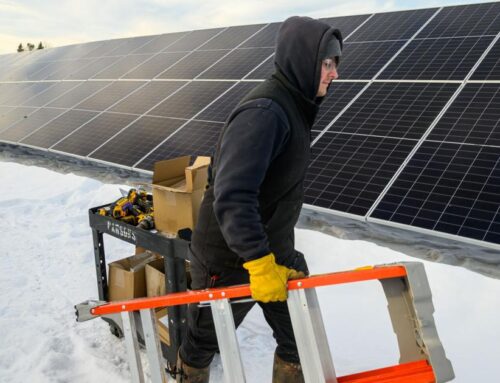Togo Country Climate and Development Report
April 4, 2025
Togo has achieved significant development gains over the last decade, but progress is still held back by slow structural transformation and a large urban-rural divide. Togo was able to achieve relatively rapid and stable growth over the last 10 years, averaging about 5.2 percent (2.8 percent in per capita terms), which was supported by economic reforms as well as rising public and private investment rates. However, limited headway was achieved in terms of structural transformation (i.e., the process of shifting jobs towards higher productivity activities and sectors), thus holding back opportunities for faster, more inclusive, and more sustainable growth. While the expansion of port activities in Lomé and the development of agro-business value chains, manufacturing and logistics services have helped the country’s economic development in recent years, limited gains in agriculture productivity, slow progress with human capital accumulation, and remaining barriers to private investment have prevented faster development. As a result, the national poverty rate has been on downward trends over the last decade, reaching 43.8 percent in 2021, but with significant and widening gaps between the capital Lomé and rural communities, particularly in the North where factors of fragility and insecurity have escalated in recent years. These factors have contributed to inward migration pressures in other areas of the country. A climate-conscious development strategy requires building on synergies and complementarities between sectoral policies in order to simultaneously boost productivity, job creation and the resilience of vulnerable populations. For instance, scaling up climate-smart and nature-based solutions in agriculture supports productivity, food security, and carbon sequestration, providing a strong foundation for sustainable rural livelihoods that limits rural-to-urban migration pressures. This complements efforts to ensure sustainable urban and coastal development while mitigating risks from coastal erosion and flooding. Ensuring universal access to clean and reliable energy is also critical to power agriculture, to attract new manufacturing and higher value-added services in urban centers, and to support digital solutions for a low-carbon economy. Similarly, a more resilient and greener transport sector can help lower emissions while strengthening local, regional and global value chains, and help develop secondary cities that reduce the urban pressures under the Grand Lome area. Efforts to enhance human capital, especially among the youth, are also critical to support more and better paying jobs by matching skills with the demand of emerging sectors and technologies, including those needed for Togo’s green transition. A higher level of human capital is in turn conducive to social progress, stronger social cohesion and resilience, and reduced fertility rate, all enablers of structural transformation. Finally, robust climate governance and improved access to climate-related financing can help mobilize critical investments across these sectors while fostering transparency and accountability for impactful delivery. If implemented correctly, priority reforms and investments could help turn threats from climate change into opportunities for faster development.
Search
RECENT PRESS RELEASES
Related Post
 Download Report
Download Report


